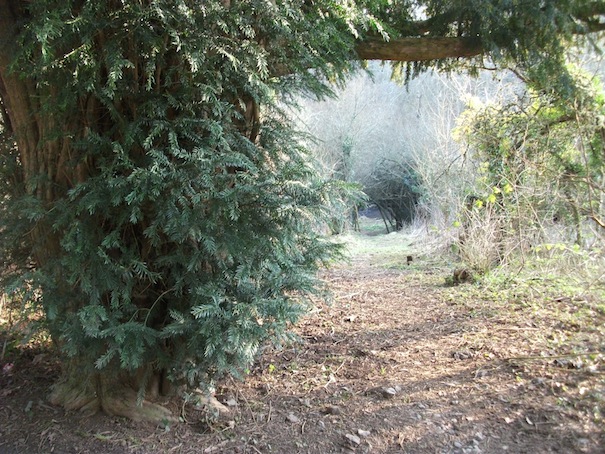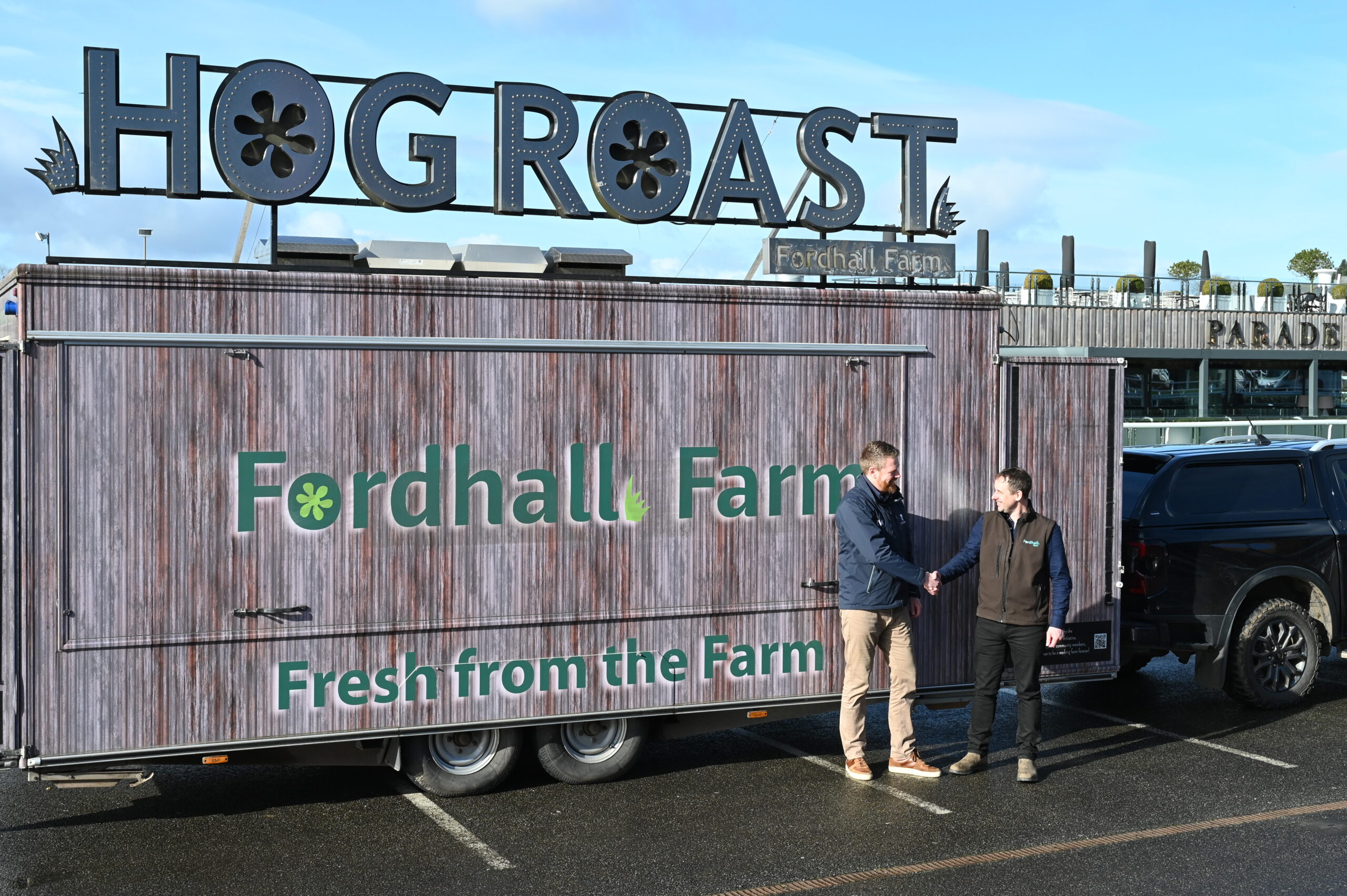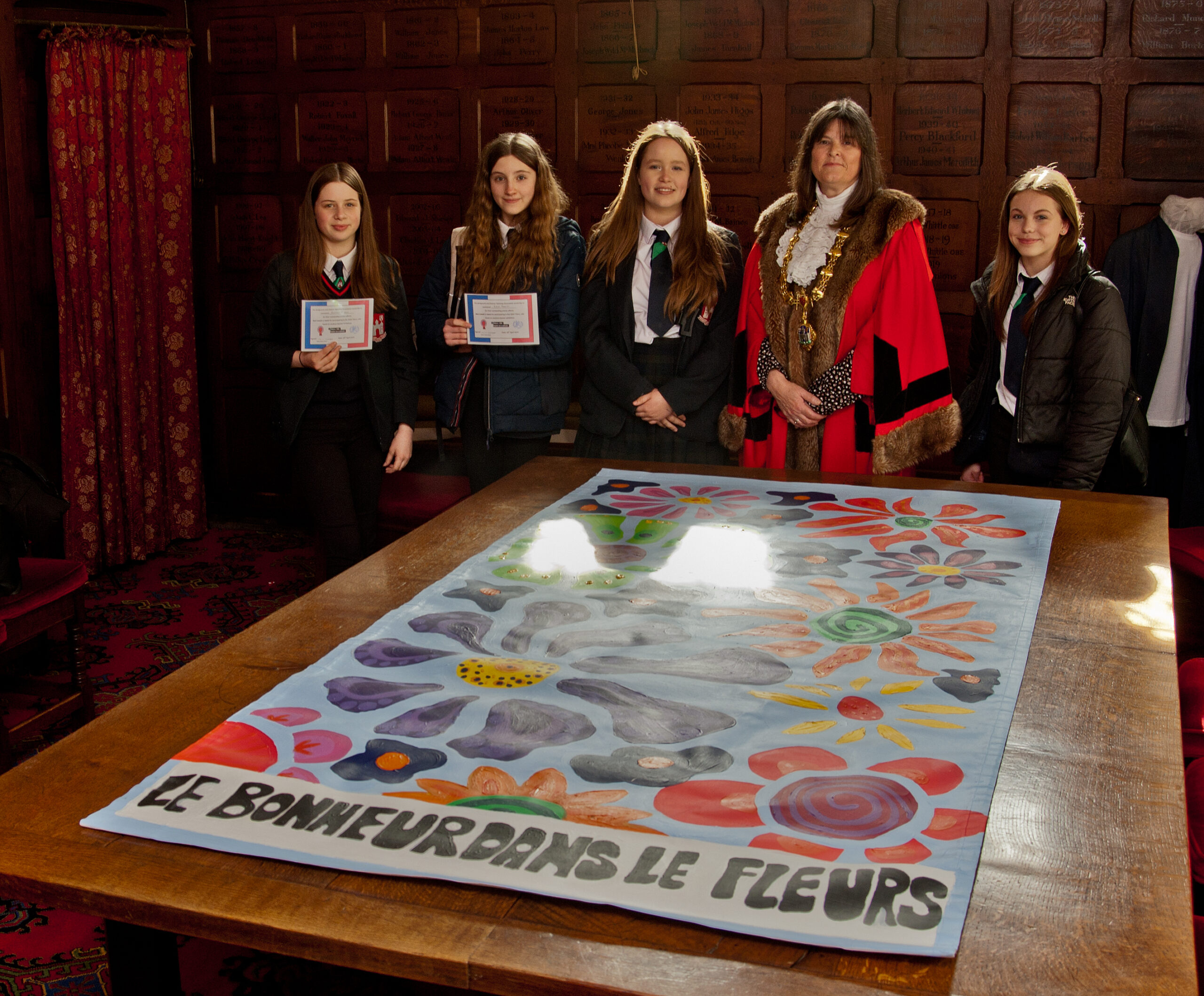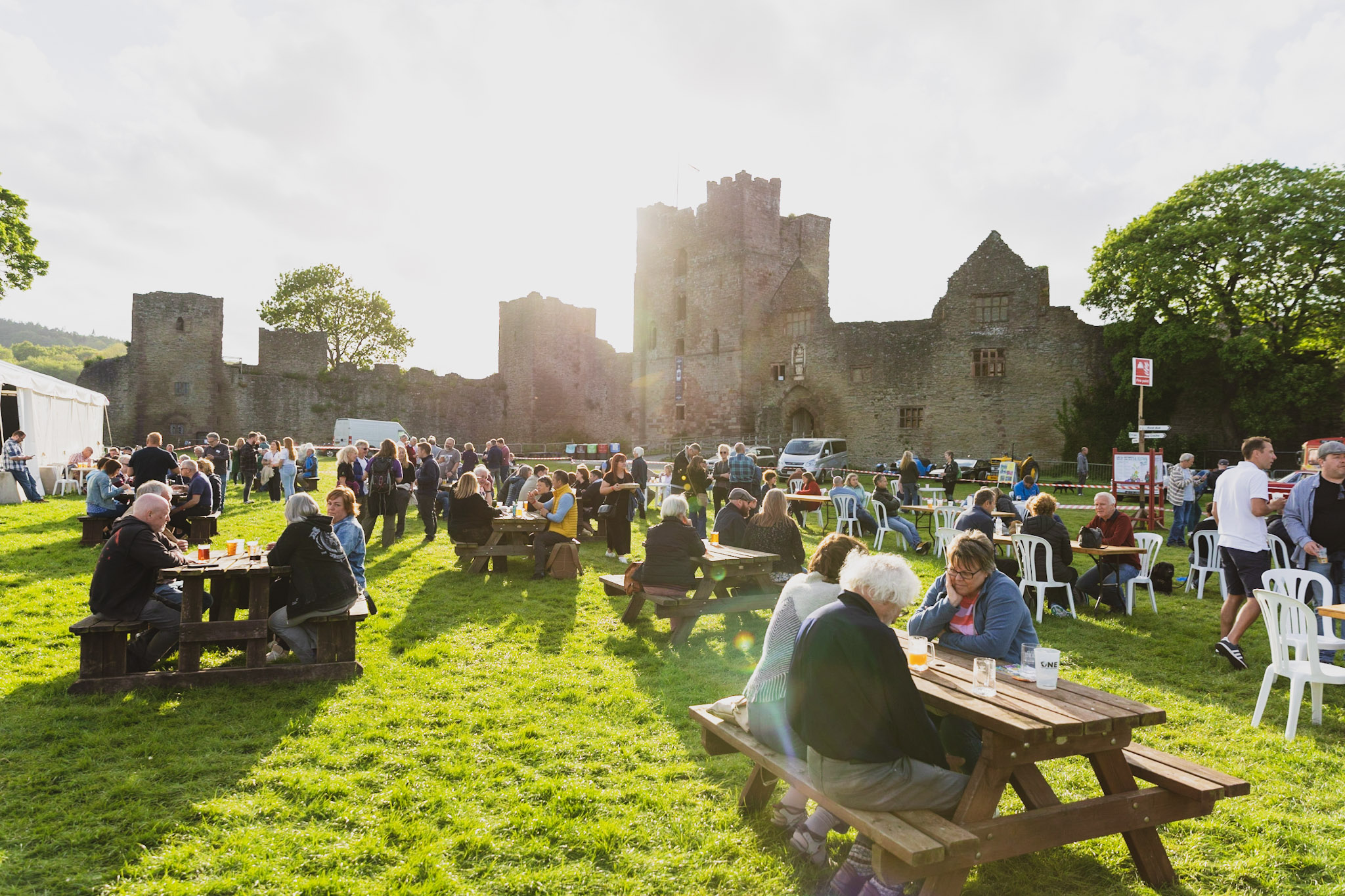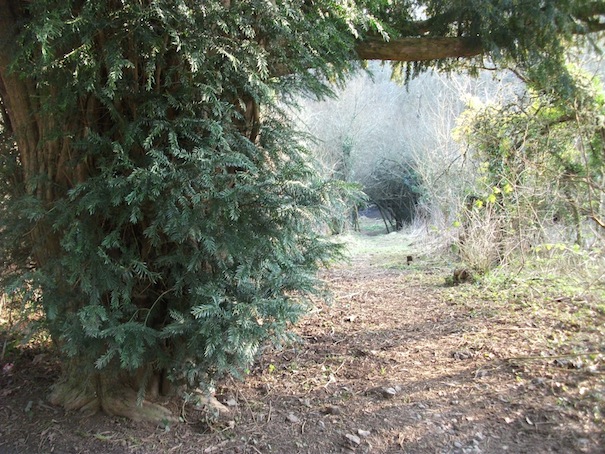
New England lies in a wooded valley on the edge of the village of Highley. Today it is a peaceful place, hidden in the folds of the landscape.
In 1807, a row of around 16 terraced cottages were built at New England. They were inhabited by miners and labourers who worked in the surrounding area. By 1917 all of the cottages had been abandoned as people moved into the village of Highley (the village was developing at the time). The cottages gradually crumbled to dust and became overgrown. Eventually the only sign of the cottages was a series of mounds amongst the trees where walls used to be.
Several years ago I was involved with a project to uncover the foundations of the end cottage. Amazingly, when the archaeologist uncovered the base of the cottage, there was a quarry tile floor still present. We also found a fire place, windows and doors. As part of the project, wooden posts were also installed to mark the location of the other cottages.
The residents of New England would have needed to be quite self-sufficient. At that time they would have not had the convenience of 24 hour supermarkets, nor access to the range of medicines as we have today. A spring walk through the woodlands surrounding the cottages reveals a multitude of wildflowers, all with hidden uses, that could have been harvested by the people all those years ago.
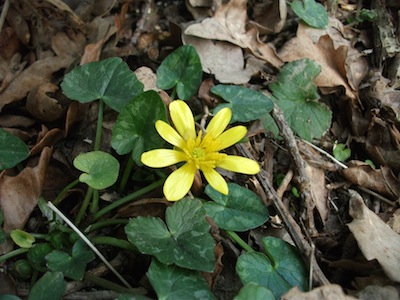 Down by the Borle Brooke the woodland floor is carpeted with lush, spear-shaped green leaves. Crushing a leaf releases a wonderful aroma. It is, of course, ramsons or wild garlic. This is a member of the chive family. The leaves are very tasty. They can be wrapped around chicken breasts and then cooked. The stems are also eaten and the white petals can be sprinked over a salad to give a delicious garlic flavour.
Down by the Borle Brooke the woodland floor is carpeted with lush, spear-shaped green leaves. Crushing a leaf releases a wonderful aroma. It is, of course, ramsons or wild garlic. This is a member of the chive family. The leaves are very tasty. They can be wrapped around chicken breasts and then cooked. The stems are also eaten and the white petals can be sprinked over a salad to give a delicious garlic flavour.
At the moment stinging nettles are still quite young. At this stage they also make a good food. Soaking nettles in water removes the stinging hairs. The leaves can then be made into a delicious soup. There are even old recipes for nettle porridge!
One of the prettiest species of spring wildflower is the lesser celandine. The yellow flowers resemble tiny suns lighting up the woodland. The leaves of celandine are very high in Vitamin C. People used to eat the leaves to cure themselves of scurvy. The leaves also contain poisonous compounds so it is important to cook them first to render them harmless.
Celandines are also a good example of a theory called the doctrine of signatures. This was popular amongst early herbalists. They believed that plants resemble different parts of the body and that this was a ‘clue’ as to what medical complaints the plant would cure. The theory was even backed by the theologians of the time who believed that God had ‘set his sign upon the various means of curing disease which he provided’.
Many common names for wildflowers reflect their uses. Often plants that have been used to cure illnesses are named with the suffix ‘wort’. The tuber of celandine is knobbly and said to resemble haemorrhoids. The plant is known as pilewort as it was believed to be a cure for this unpleasant condition. Similarly liverwort was said to resemble the liver and hence be a useful cure for liver complaints.
In a similar way, the prefix ‘dog’ in a plant name indicates that the plant is of little use to humans. Dogs mercury is a very common flower at New England at this time of year. Dog violet also grows along the hedge banks. This does not have the scent of sweet violet so was not as useful for perfume and fragrance making.
In the modern world, the availability of large quantities of cheap processed food has removed the need to forage for edible plants. However, the recent horse meat scandal has shown how important it is for us all to know where our food has come from. All too often our food is heavily processed and loses its provenance. The good news is that our local woodlands are still full of a bounty of edible plants growing in their natural state. This gives us the opportunity to forage for our food, just like our ancestors did all those years ago.
Any chemists shop will be stocked with a huge array of medicines to cure all illnesses and ailments. Natural remedies are often lost in the mist of time. However, many modern medicines are derived from naturally occurring compounds. There is a wonderful old bushy yew tree at New England, next to one of the paths. Yew trees are very poisonous but the bark of a species of yew tree that grows in America is the source of Taxol, a drug used in the fight against cancer.
Do one thing for wildlife this month:
If this article has inspired you to go and explore your local woodland for some foraging, please make sure that you are confident of your plant identification skills. Some plants can be highly toxic. If you are not comfortable with this idea, why not grow your own plants for the kitchen? A herb garden is a great way of ensuring a constant supply of fresh flavours for your cooking but also a fantastic resource for wildlife. Herbs like rosemary, mint and thyme are very popular nectar plants for invertebrates such as bees.
Edward Andrews MSc.

